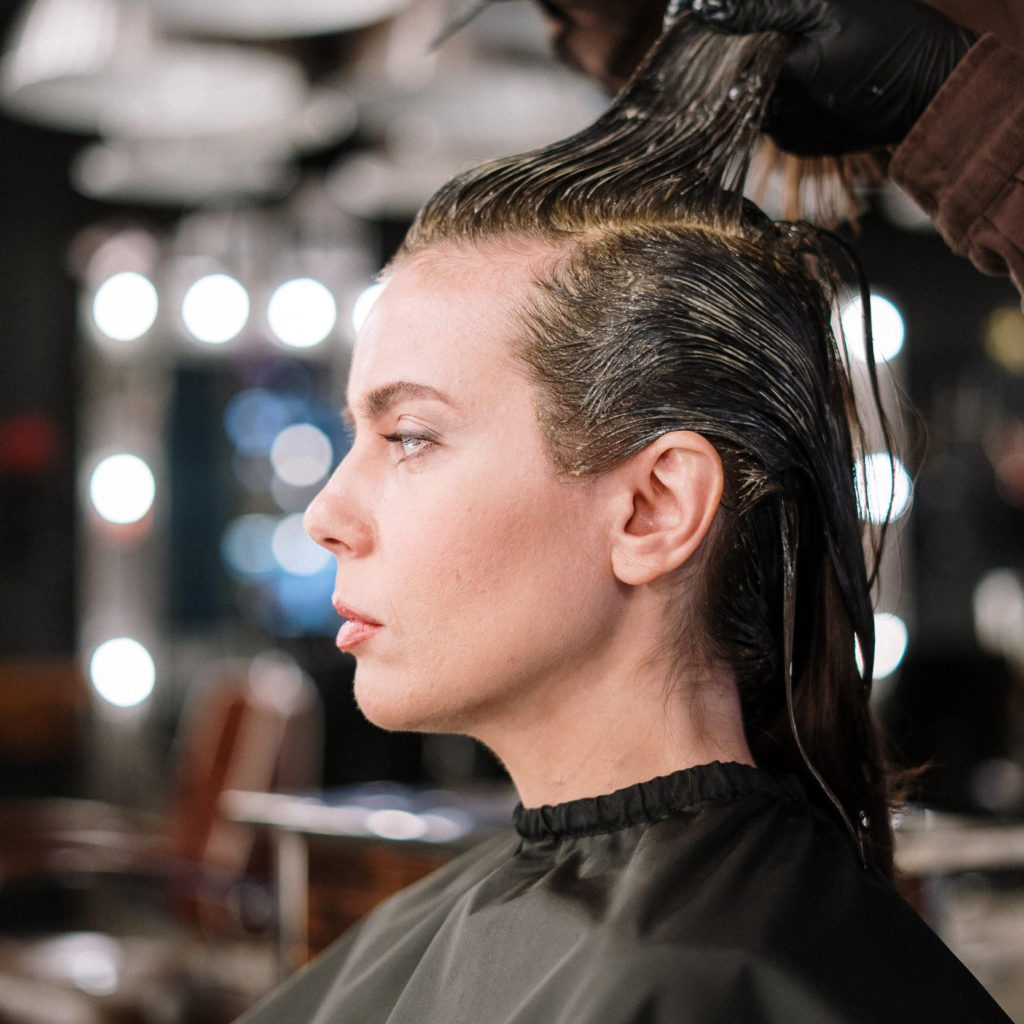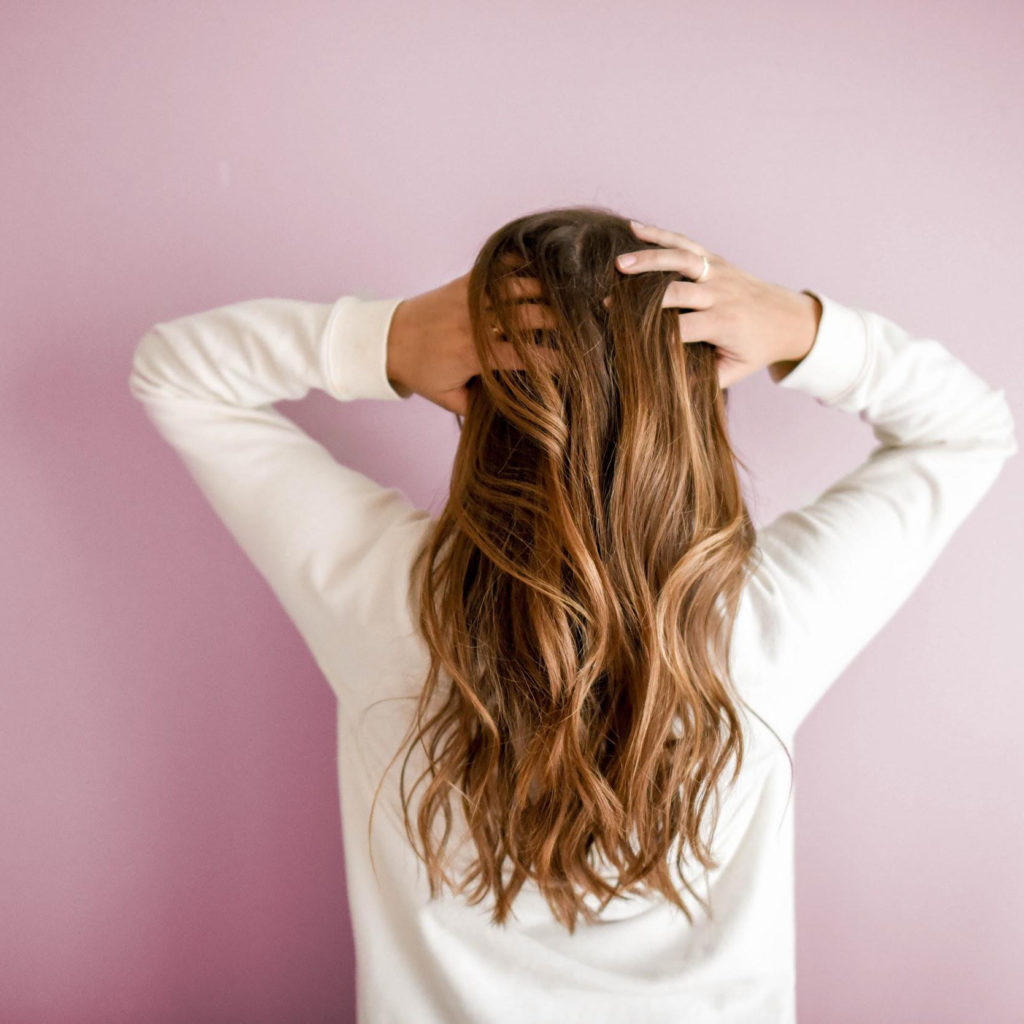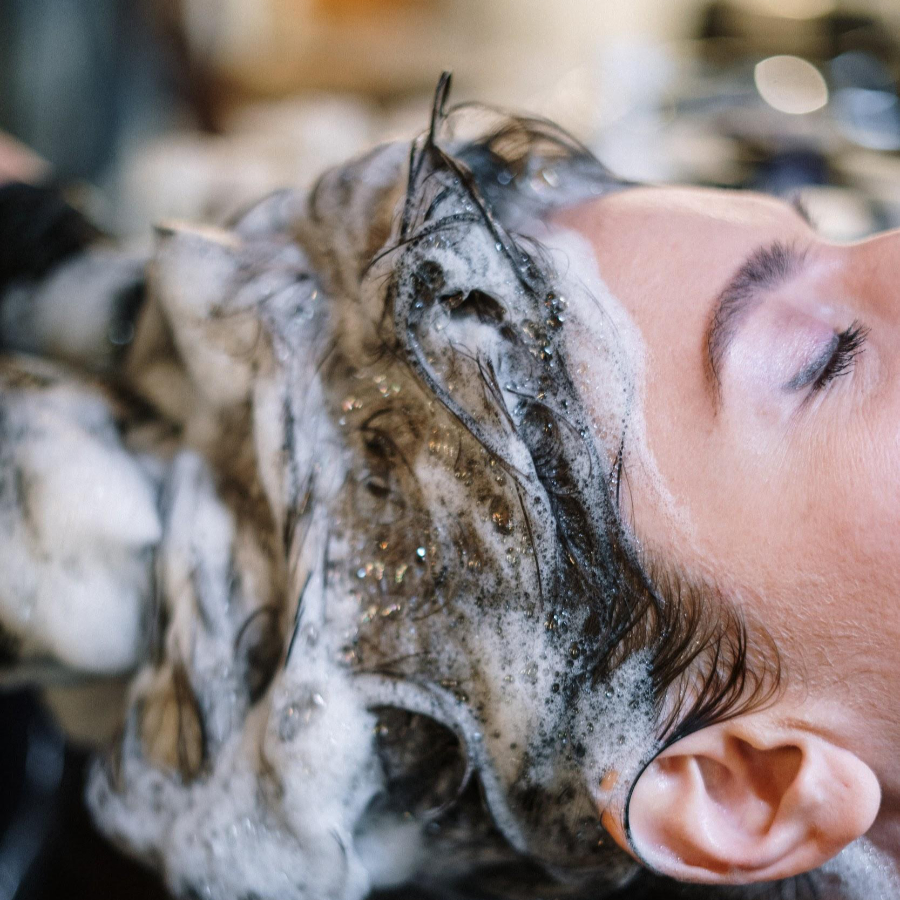Many women have been asking the same question: Can you dye wet hair? Short answer – yes, you can! Even if it is not the usual method, it can be applied to your hair, no matter how short or long it is.
Can you Dye Wet Hair?
Coloring wet hair is not usual, but it is definitely possible. Now there have been debates about it. Some hairstylists love the method, others say it is not efficient enough. However, it all depends on the formula you are using. While some color dyes can be applied on wet hair, other work on dry hair only.
So, what is the big difference between coloring wet and dry hair? If you think about it, when you go to the salon to get your blonde highlights done, they remove your foils, rinse off the bleach, wet your hair, and in the end finishing the process of dyeing while your hair is still wet.
The main difference is in hair color permanence. That is why you can’t use every hair color dye on wet hair.
The Advantages of Coloring Wet Hair

While many of us are used to dye the hair while it is dry, coloring your wet hair has quite a few perks worth remembering.
You Only Need Small Amount of Dye
A little goes a long way when you are dyeing your hair wet. That means that even less amount of color will distribute evenly. That’s unlike dry hair, when you need to be very careful when applying dye and making sure you cover all your patches.
Wet Hair Absorbs More Color
When our hair is wet, it has a higher porosity. This means that our cuticles are more open and ready to absorb more ingredients and liquids. That happens with color dye as well. When you apply the color to wet hair, it will penetrate deeper than it can when hair is dry.
Less Mess
Everything is easier when you can apply your hair color dye on wet hair. Whether you are doing it in a shower or a bathroom, one thing is sure – you will leave less mess behind. You can fill the bottle and mush all your hair together. This is definitely more convenient than a brush, a bottle, and dry hair application.
The Disadvantages of Coloring Wet Hair
Alongside the perks of dyeing wet hair come some disadvantages. When you ask yourself can you dye wet hair, keep in mind these things as well.
Potentially Uneven Application
Even though wet hair is more absorbent and can be easier for the color distribution, it can also mean uneven application. It can actually occur that you finish with the undesired hair color, more or less dramatic change that you haven’t planed. If that happens, you can try dyeing your hair dry.
Wet Hair – Prone to Damage
The cuticles act like a shield that protects our hair. However, when they are open, the hair becomes prone to damage, and the bonds that protect our hair weaken.
When hair is dry, natural oils we produce work on protecting our strands. With wet hair getting damaged easily, you can do a few things to keep it healthy, especially after the dyeing treatment. Try avoiding heat, brushing, and drying it with a towel.
Hair Dyes You Can Use on Wet Hair
Unfortunately, you can’t use all types of hair color on wet hair. Permanent color dyes require your hair to be dry, as well as bleach. If you plan to lighten your current color, your hair strands need to be dry in order to get a precise application after bleaching it. On the other hand, if you want to darken it, you should do it on dry hair to get a better color.
Permanent hair color won’t work on wet hair simply because of its chemical composition. The permanent colors contain hydrogen peroxide and ammonia that work only on dry hair. These chemicals raise the hair cuticle to penetrate the color and strip the natural hair oils.

This process won’t be possible to do on wet hair. You can easily end up with poor color and uneven application.
This being said, we are left with two options for dyeing wet hair: demi-permanent and semi-permanent colors.
Demi-Permanent Color
Demi-permanent colors have some ammonia in them, unlike the semi-permanent colors. That is the most significant difference between them. Due to ammonia concentration, the color will penetrate deeper and last 5 times longer than with semi-permanent dyes.
Regardless of the consistency of ammonia, the demi-permanent colors will still deliver results on wet hair. The only problem that can occur is that your hair absorbs more water than dye. You end up with a diluted color that you haven’t imagined that way.
Semi-Permanent Color
Semi-permanent color is without ammonia and hydrogen peroxide. That is why such dyes are perfect for wet hair application. They simply serve to enhance, delicately lighten or darken your hair color.
These colors cover your cuticles with color, which is why they don’t last long. They are not affected by the water presence – that is why women prefer them for wet hair dyeing.
How to Dye Wet Hair (6 Steps)
These are some simple steps that you should follow when you are dyeing your wet hair. Do it in a shower or your bathroom for minimal mess.
- Rinse your hair with lukewarm water.
- Use a towel to squeeze the excess water.
- Your hair should be damp, not too wet before dyeing.
- Apply desired semi-permanent or demi-permanent hair color to the area you want to be covered.
- Put on a shower cap and let your hair sit covered in the dye for about 20 minutes.
- Wash your hair with shampoo. Make sure that the products you are using are safe and color-protecting.
Hopefully, now you have got the ‘can you dye wet hair’ question covered. From advantages and disadvantages to the application – we have covered everything you need to know. Choose your desired hair color and try this method of dyeing. It is easy and time-saving.
